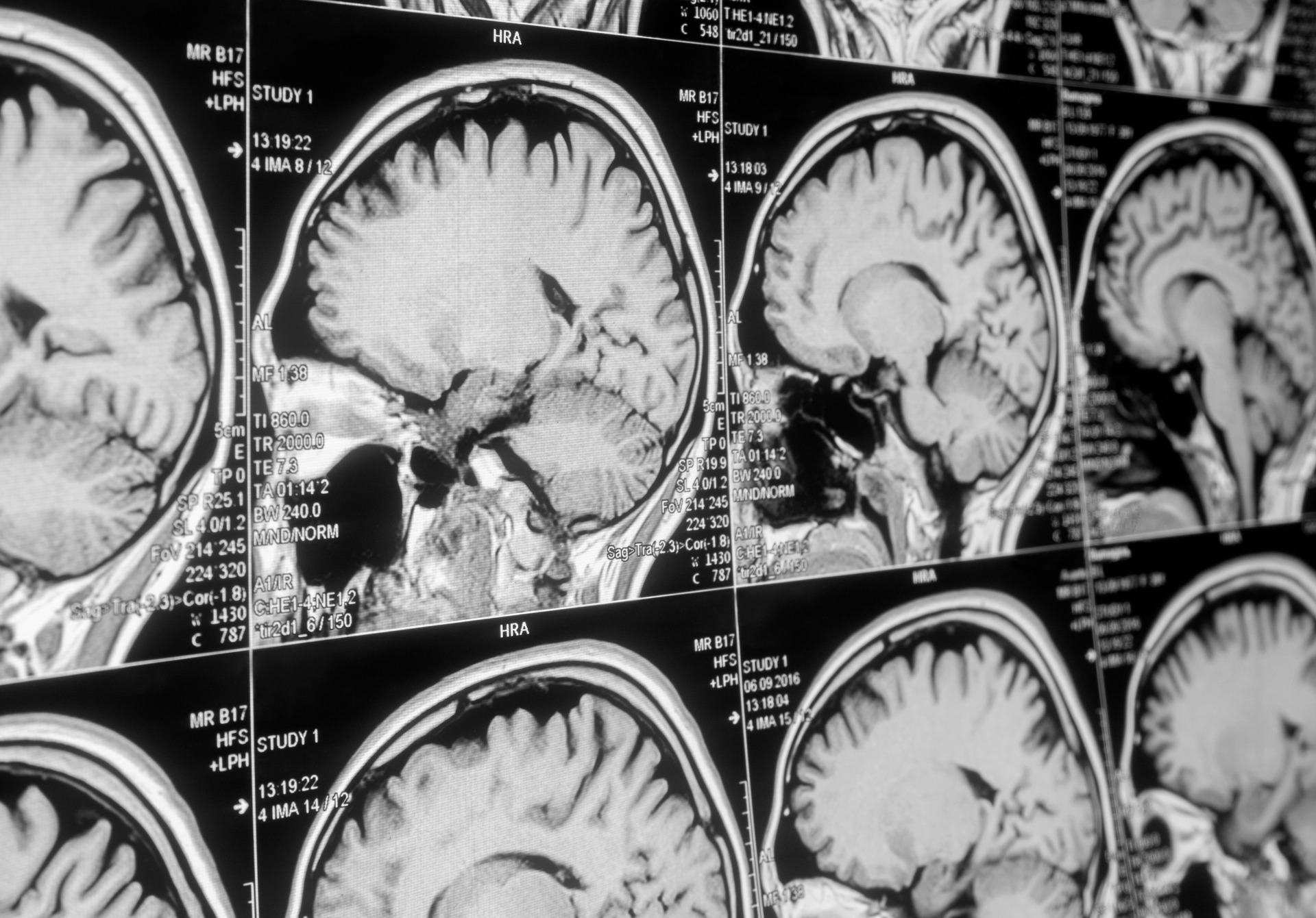The Foundation of Pain Free Movement
“First move well, then move often,” a phrase coined by revered physical therapist Gray Cook has become a guiding principle for how I help others maximize their health, avoid injury, and optimize for performance. What does it mean? Before pushing your body through intense or repetitive movements, it’s essential to establish a foundation of proper movement mechanics. This approach not only maximizes physical efficiency but also focuses on the integration of developmental movement principles. At its core, Cook’s philosophy is about respecting the body’s ingrained movement patterns and understanding the clinical implications of how poor body mechanics results in pain and injury.
Why Moving Well Matters
When people think about fitness, they often picture complex workouts or rigorous training schedules. But no matter the level of ambition or dedication, the basics of proper body movement are paramount. Imagine trying to build a house without a stable foundation. Without proper movement, even the strongest athletes risk experiencing pain, setbacks, and potential injury. Poor movement patterns often originate from modern, sedentary lifestyles, improper training, or simply a lack of body awareness. When these patterns are left unaddressed, they may lead to overuse injuries, muscle imbalances, and chronic pain.
This is especially true for people who dive into training without first assessing their current movement quality. Pain, whether acute or chronic, is frequently the result of dysfunctional movement patterns that place excess stress on specific parts of the body. Cook's statement underscores the importance of prioritizing movement quality before quantity. This order helps reduce injury risk, prevent the need for corrective interventions, and support lifelong physical health.
The Clinical Model of Regional Interdependence (RI)
A useful model I use for understanding the impact of movement on injury risk is the concept of Regional Interdependence (RI). RI is the idea that different areas of the body are interconnected, and an issue in one area can lead to compensatory stress or dysfunction in another. In other words, pain is often not localized; it can originate from, or be influenced by, dysfunction in a seemingly unrelated part of the body. Correcting the underlying dysfunction often leads to resolution of pain or chronic imbalance.
Take, for example, a runner who experiences knee pain. While it’s natural to assume the knee is the problem, a deeper look might reveal that the actual issue lies in the pelvis or foot. According to RI, if the pelvis lacks proper stability, the knee might compensate by taking on extra load. Over time, this compensation can lead to knee pain and injury. By examining the whole chain of movement and considering how different body segments interact, we gain insights into the root causes of pain and develop effective interventions.
Identifying Movement Dysfunction with RI
Regional Interdependence helps clinicians identify and correct potential areas of dysfunction. By focusing on how different body regions interact, we assess a broader range of possible pain origins. Movement assessments like the Functional Movement Screen (FMS) and Selective Functional Movement Assessment (SFMA), developed by Cook himself, focus on evaluating fundamental movement patterns to identify areas of restriction or weakness that could lead to compensatory movement.
For example, a common area of dysfunction is the hip joint, which should be highly mobile. If hip mobility is restricted due to a sedentary lifestyle or tight muscles, other parts of the body, such as the lower back or knees, may compensate for this lack of movement, potentially leading to pain or injury in these areas. This compensatory cycle is known as a “movement impairment syndrome” and is commonly seen in the lower back, shoulder, and knee. The purpose of using RI in clinical assessments is to interrupt these compensatory patterns before they result in pain or injury, providing a framework for both injury prevention and treatment.
Practical Steps to Move Well and Correct Dysfunction
1. Assess Your Movement
A professional assessment with a physical therapist or movement specialist can help you understand your current movement patterns and identify any areas of concern. Tools like the FMS or other movement assessments can reveal where you need to improve flexibility, mobility, or stability.
2. Focus on Mobility and Stability
According to the RI model, each joint has specific requirements for either mobility or stability. The ankle, hip, and thoracic spine, for example, typically need greater mobility, while the knee, lumbar spine, and scapulae benefit from stability. Developing this balance between mobility and stability in your joints is key to establishing healthy, pain-free movement patterns.
3. Strengthen Weak Links
Many people unknowingly rely on dominant muscle groups to compensate for weaker ones. Once weaknesses or imbalances are identified, targeted exercises can help restore balanced muscle function, reducing the chance of overload in any one area.
4. Gradually Increase Movement Volume
Once foundational movement quality is established, it’s safer to increase the intensity or volume of training. This progressive approach helps build resilience in the body without causing undue stress or overloading the system prematurely.
5. Listen to Your Body
Persistent pain or discomfort is often the body’s way of signaling an underlying issue. Paying attention to these signals and adjusting movement as needed can prevent minor aches from becoming major injuries.
Moving Well for Life
Applying Gray Cook’s principle of “first move well, then move often” and the RI model to daily life and fitness routines can be transformative. When individuals prioritize quality of movement over quantity, they cultivate greater resilience, reduce the risk of injury, and enjoy an active lifestyle without unnecessary pain. Cook’s approach, combined with the insights provided by Regional Interdependence, offers a comprehensive pathway to move well, move often, and stay pain-free.






